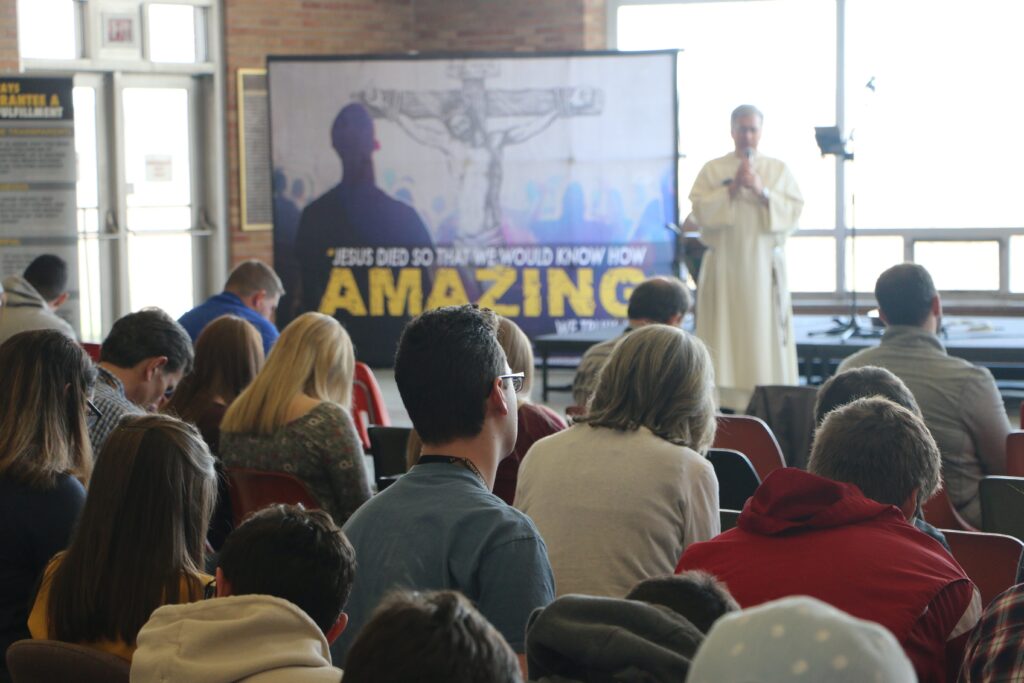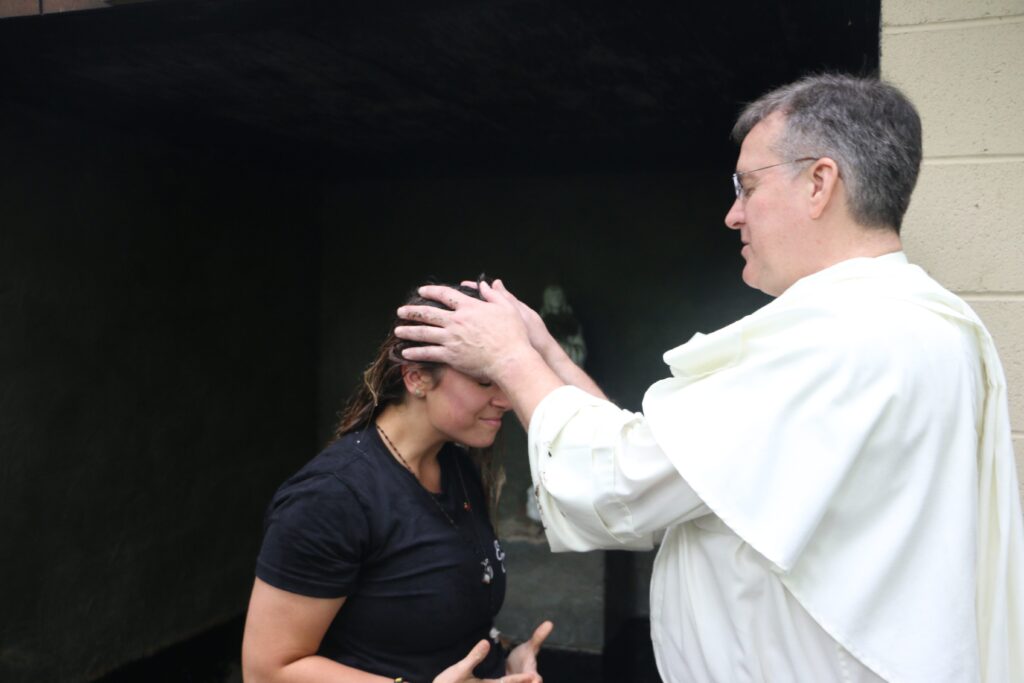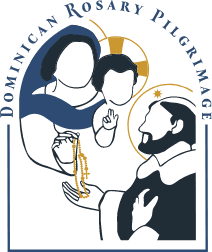In the upcoming liturgies of Holy Week, the Church recalls the final events of Jesus’s earthly life day by day, and, once the Triduum begins, even hour by hour. The Church makes this yearly commemoration of the Passion and Resurrection of Jesus in order to give us the time to reflect more deeply on the meaning of these mysteries. One way of doing so is to meditate on these events with Mary, to look at them with her and from her perspective. The Sorrowful and Glorious Mysteries of the Rosary give us one good way of following the events of Holy Week with Mary. In the Middle Ages, however, another Marian devotion sprang up that became much more closely associated with Holy Week. This was the devotion to our Lady of Sorrows, and in particular to the Seven Sorrows, or Seven Dolors, of the Blessed Virgin Mary.
We can see why this devotion became associated with Holy Week by looking at the Seven Sorrows themselves:
- The prophecy of Simeon foretelling the Passion and Death of Jesus
- The flight from Herod into Egypt
- The loss of Jesus for three days
- Meeting Jesus as he carried his cross to Calvary
- Standing at the foot of the cross and witnessing the death of Jesus
- Watching as the soldier pierced Jesus’s side with a lance and receiving his body from the cross
- Seeing the body of Jesus buried in the tomb
Beginning with the very first sorrow, each of these is connected in some way, either directly or indirectly, to the Passion of Jesus. They also provide us with a unique Marian perspective on some part of this great mystery.
For example, consider the third sorrow. We typically think of this event from the perspective of the fifth Joyful Mystery, the finding of the child Jesus in the Temple. The third sorrow, however, focuses on the loss Mary experienced during the three days Jesus was separated from her and Joseph. These three days prefigure the three days Mary would be separated from Jesus while his body lay in the tomb.
Because of this intimate connection with the Passion, devotion to the Seven Sorrows became a common way for people to reflect on the mysteries of Holy Week. In fact, the devotion became so popular that, in 1727, Pope Benedict XIII instituted a universal feast commemorating the Seven Sorrows of the Blessed Virgin Mary on the Friday before Palm Sunday. With this, the Church officially recommended devotion to the Seven Sorrows as a privileged means of preparing for and entering into the commemoration of Jesus’s Passion and Resurrection during Holy Week.
Today, the Church no longer celebrates the feast of the Seven Sorrows of the Blessed Virgin Mary. Following the revision of the liturgical calendar, it was combined with Our Lady of Sorrows on September 15th in order to keep the focus of the final weeks of Lent directly on the events of the Passion. But the revision kept the connection between the Seven Sorrows and the Passion because the new feast directly follows that of the Exaltation of the Holy Cross on September 14th. Thus, reflecting on the events of Holy Week by meditating on the Seven Sorrows remains a great way to delve deeper into the meaning of Jesus’s Passion.
Lastly, the most common way of meditating on Mary’s sorrows is by reciting the Chaplet of the Seven Sorrows of the Blessed Virgin Mary, which is similar in form to the standard Rosary.
Here’s how to pray the chaplet:
- Begin by making the Sign of the Cross
- Recite the Act of Contrition and say the optional Opening Prayer
- Announce the First Sorrow
- Say one Our Father and seven Hail Marys
- Repeat (3) and (4) for each of the Sorrows
- Say three Hail Marys in honor of the tears which Mary shed in her sorrows
- Say the optional Closing Prayer and finish by making the Sign of the Cross
(The optional prayers, as well as short passages that can be used to announce the sorrows, are found on page 107 of the 1910 Raccolta.)
✠
Photo by Fr. Lawrence Lew, O.P. (used with permission)
✠
This article was originally published in the dominicanajournal.org and was written by Brother Gregory Santy. Brother Gregory entered the Order of Preachers in 2018. He received a Licentiate in Philosophy from The Catholic University of America.




